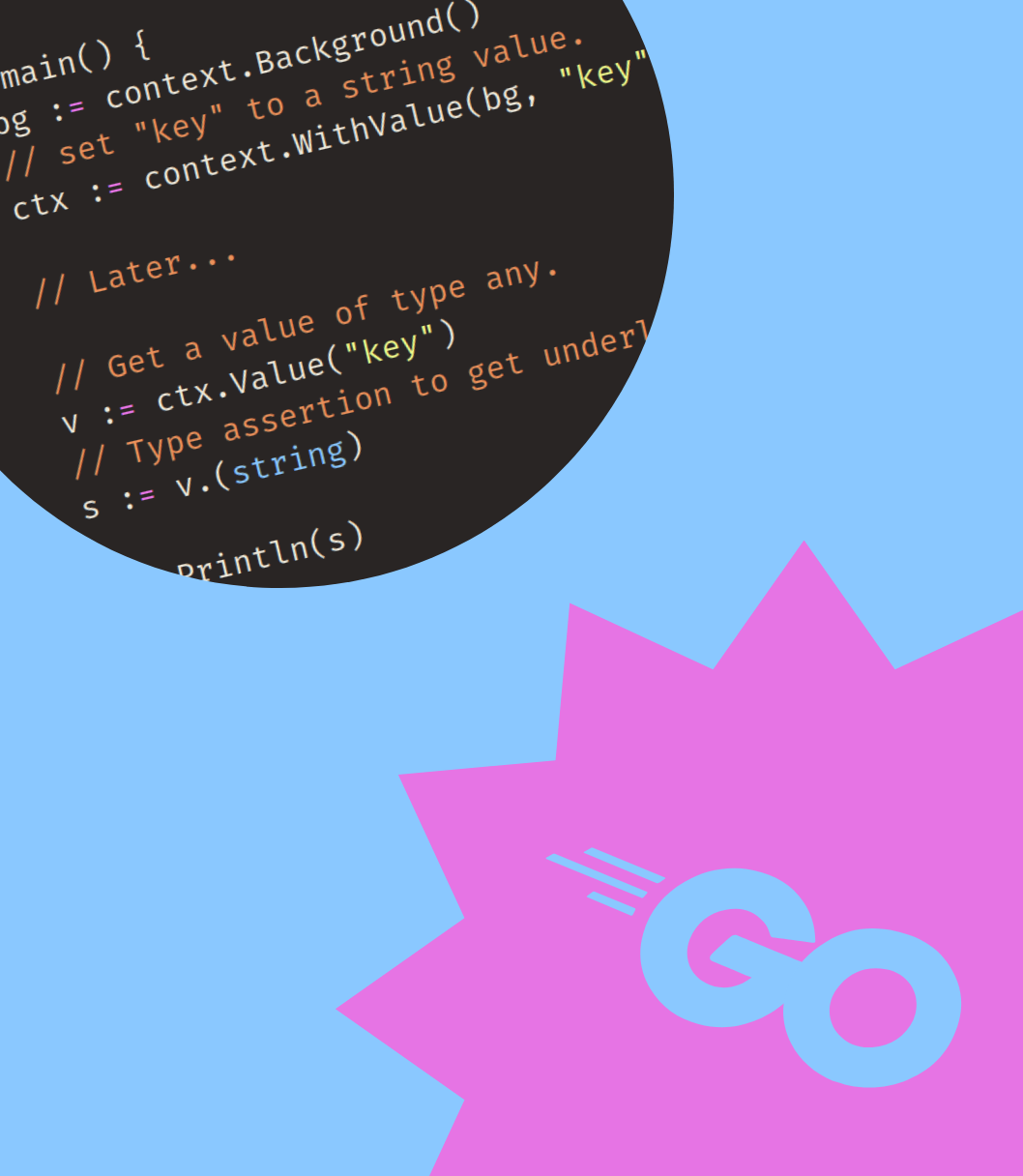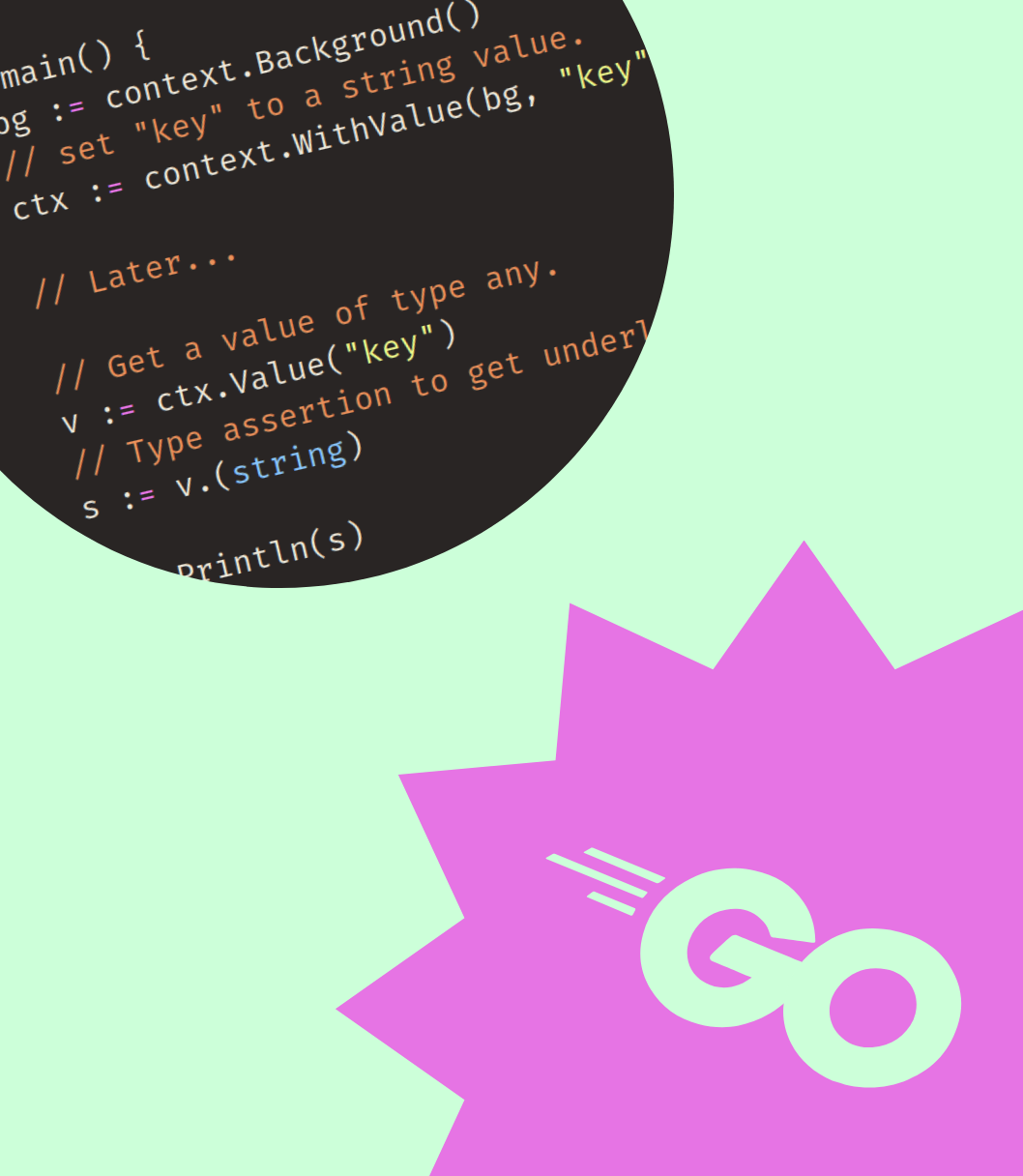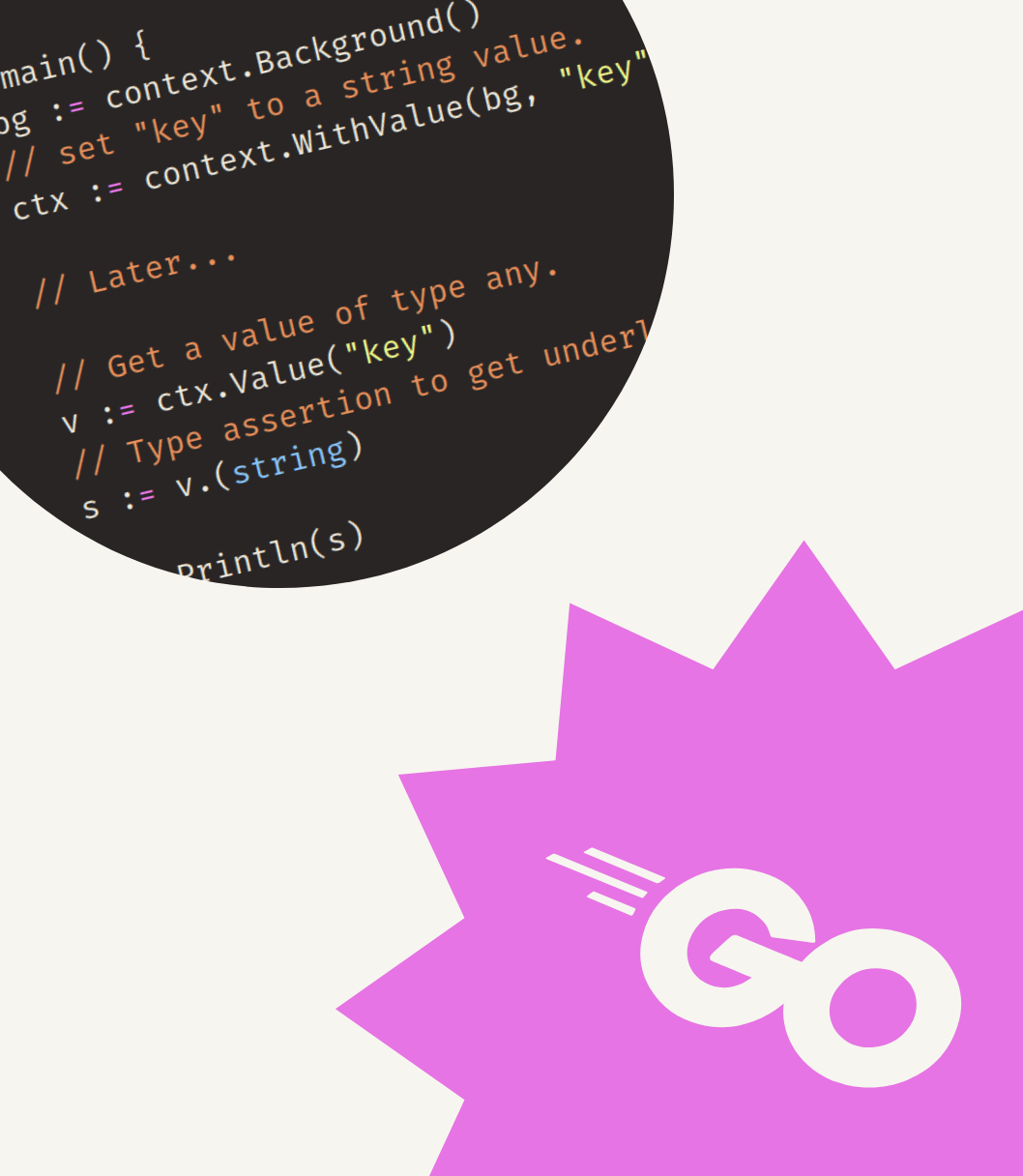Hi, I'm Willem. I'm sharing everything I know about Go and Web Development.
-
Beginner Friendly
You don't need a computer science degree.
-
Real World Skills
Based on 10+ years of professional experience.
-
Interactive Examples
Experiment with code directly on this website.
-
Have Fun!
Programming is a creative discipline after all.



Get my free newsletter periodically*
Used by 500+ developers to boost their Go skills.
*working on a big project as of 2025, will get back to posting on the regular schedule once time allows.

Willem Schots
Recent Articles
Top 10 Articles
- Accurate handler tests using httptest
- Sets in Go
- Benchmarks and performance testing
- URL path parameters in routes
- How to parse a time or date in Go
- Change JSON time format
- Anonymous structs in Go: What, How and When
- Confused by http.HandlerFunc? This post makes it click
- Context cancellation: Stop wasting resources on aborted requests
- Composable HTTP Handlers using generics





